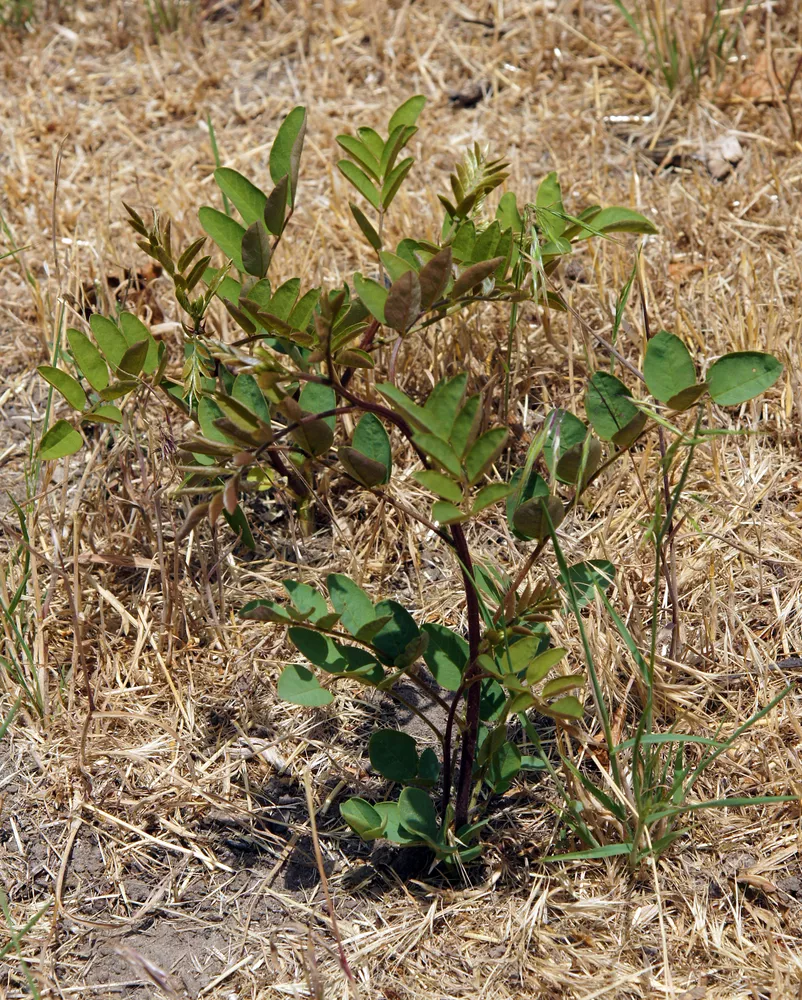The robinia, also called false acacia, is a popular deciduous tree that is also suitable for private properties. Are you considering getting a copy? Then you should find out in advance about the entitlements and requirements. The following guide gives you helpful tips and shows you, among other things, how to plant a black locust.
 The robinia likes the sun
The robinia likes the sun
Choosing the Black Locust variety
Robinia come in the form of trees or shrubs. The former type shows a fairly high growth. You should definitely include this feature in your decision. If your garden does not have enough space, special cultivated forms such as the spherical locust are a sensible alternative. Also consider the toxicity of the acacia. If small children or pets could eat from the bark of the deciduous tree, you should carefully consider your decision to plant a black locust.
The site
In terms of soil, the robinia is rather undemanding. Although it also grows on dry sandy or gravel soils, nutrient-rich, loose soil promotes healthy growth. The chosen location should definitely be sunny and sheltered from the wind.
Point of time
The form in which you bought your robinia is decisive for the right time. You can plant container plants all year round. The only requirement is a frost-free floor. Conventional robinias, on the other hand, are best planted in spring or autumn. The deciduous tree benefits even more from the first variant, since it has enough time to develop a root system before the upcoming winter.
Instructions for planting a black locust
- Check the available space and ensure sufficient distance when choosing a location
- loosen the soil in the desired place and enrich it with a little compost
- dig a hole twice the diameter of the root ball. The base of the stem should remain on the surface. Now fill the hole back up and water the deciduous tree
- support the young black locust with small stakes for healthy, upright growth and a preventive windbreak